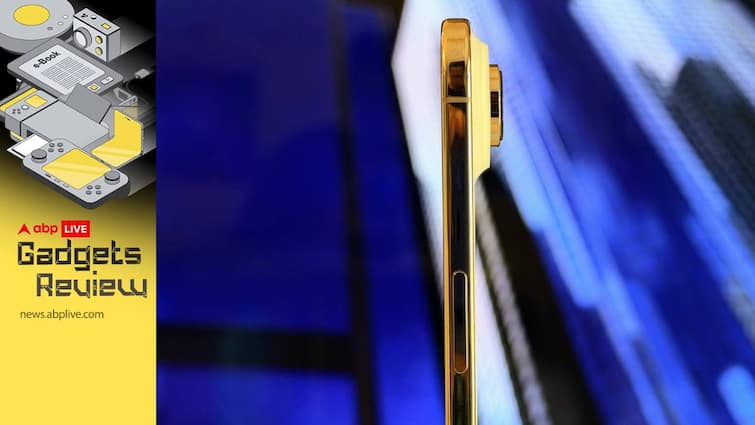iPhone Air Review:Let’s address the petite elephant in the room: the world is not ready for slim phones. At least, not in the state they are in right now. Consider the most popular new slim phone from the world of Android: Samsung Galaxy S26 Edge. At just 5.8mm and armed with all the top-tier Samsung specs, it was supposed to usher in the era of slim phones. However, a disappointing battery (just 3,900 mAh) and an upper-end price tag of Rs 1,09,999 made sure it was a disaster – so much so that Samsung has decided to do away with the Edge on its S26 lineup entirely.
That brings us to iPhone Air. Apple can do no wrong, or at least that’s what dedicated fans would argue. At just 5.6mm (not considering the camera bump), it is indeed super slim and super lightweight (at 165g). However, this time, what the Cupertino giant did was bring a great-looking hardware, which was shot down by the same arrows that took out Samsung’s Edge: a miserable battery (disappointingly 3,149 mAh) and a price tag that’s just not worth it (starting at Rs 1,19,000 for the base 256GB model).
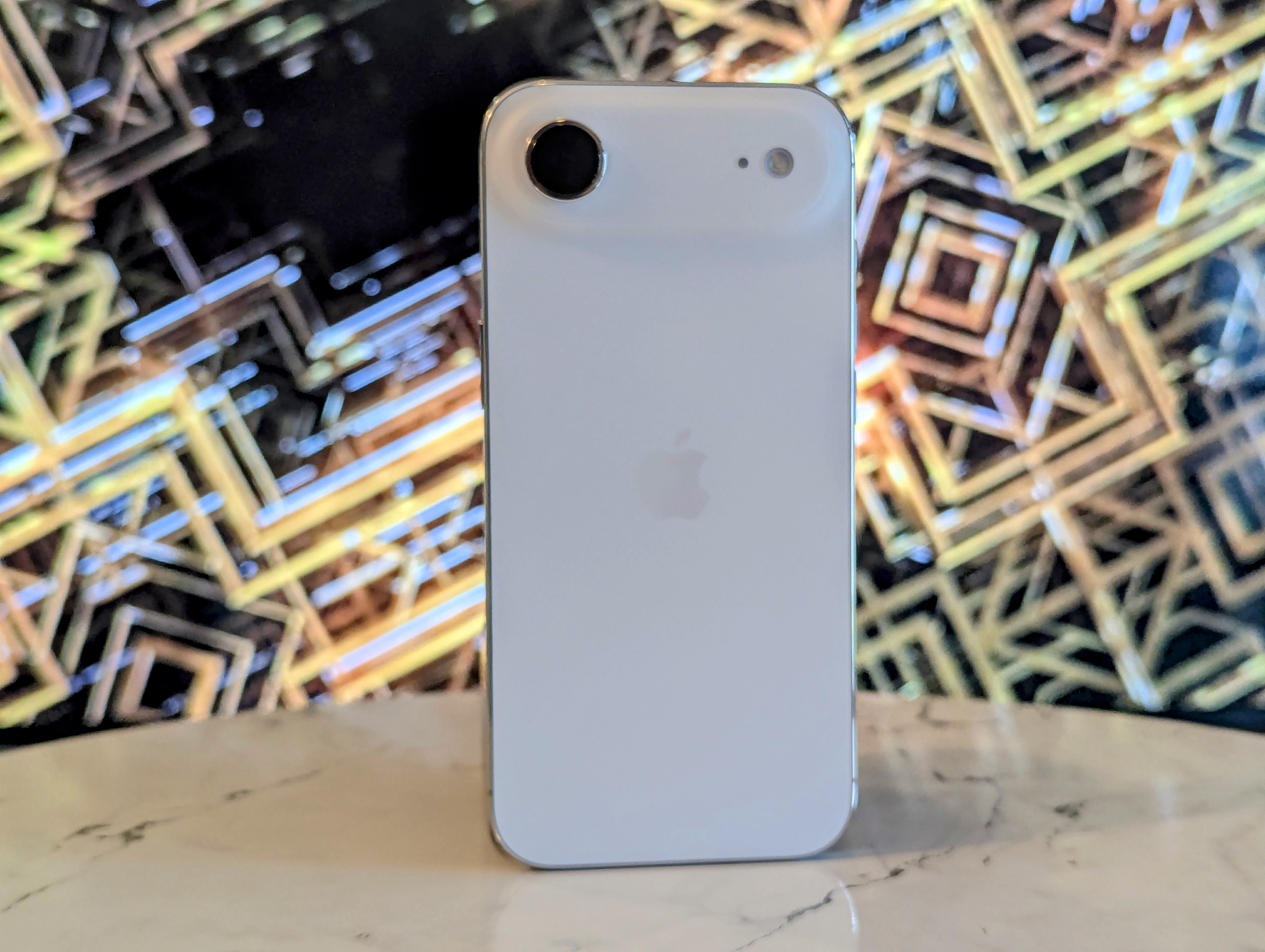
Of course, Apple would stomp its feet and claim that it still delivers “what the public wants,” which it believes is a Titanium body and a Pro-branded chip. Well, I don’t know what went wrong with Cupertino designers here, but that Titanium bezel is an absolute smudge magnet. So, what it means is that you’d have to buy cases to keep the phone clean. If you purchase the official Apple MagSafe clear case, you will need to dish out an additional Rs 4,900.
Furthermore, that A19 Pro chip? What’s the use of a powerful processor if I need to charge my phone at least two times per day? And that’s considering a regular, non-heavy usage. So, what this also means is that you will have to dish out an additional Rs 11,900 for the new and slim iPhone Air MagSafe battery (which carries a similar-capacity battery as the phone itself). Funnily enough, this MagSafe battery is “specially designed” to suit the shape and aesthetics of the iPhone Air, making it simply incompatible with other iPhone models (any series), unless you attach it at a weird horizontal angle, which makes it impossible to hold in your hands.
Don’t get me wrong. The iPhone Air is indeed a great piece of hardware. That Super Retina XDR display with ProMotion refresh rate looks great. The camera is fine if you don’t want to do much photography, but with so many Cons, its list of Pros is lighter than Air.
iPhone Air Review: Quick Pointers
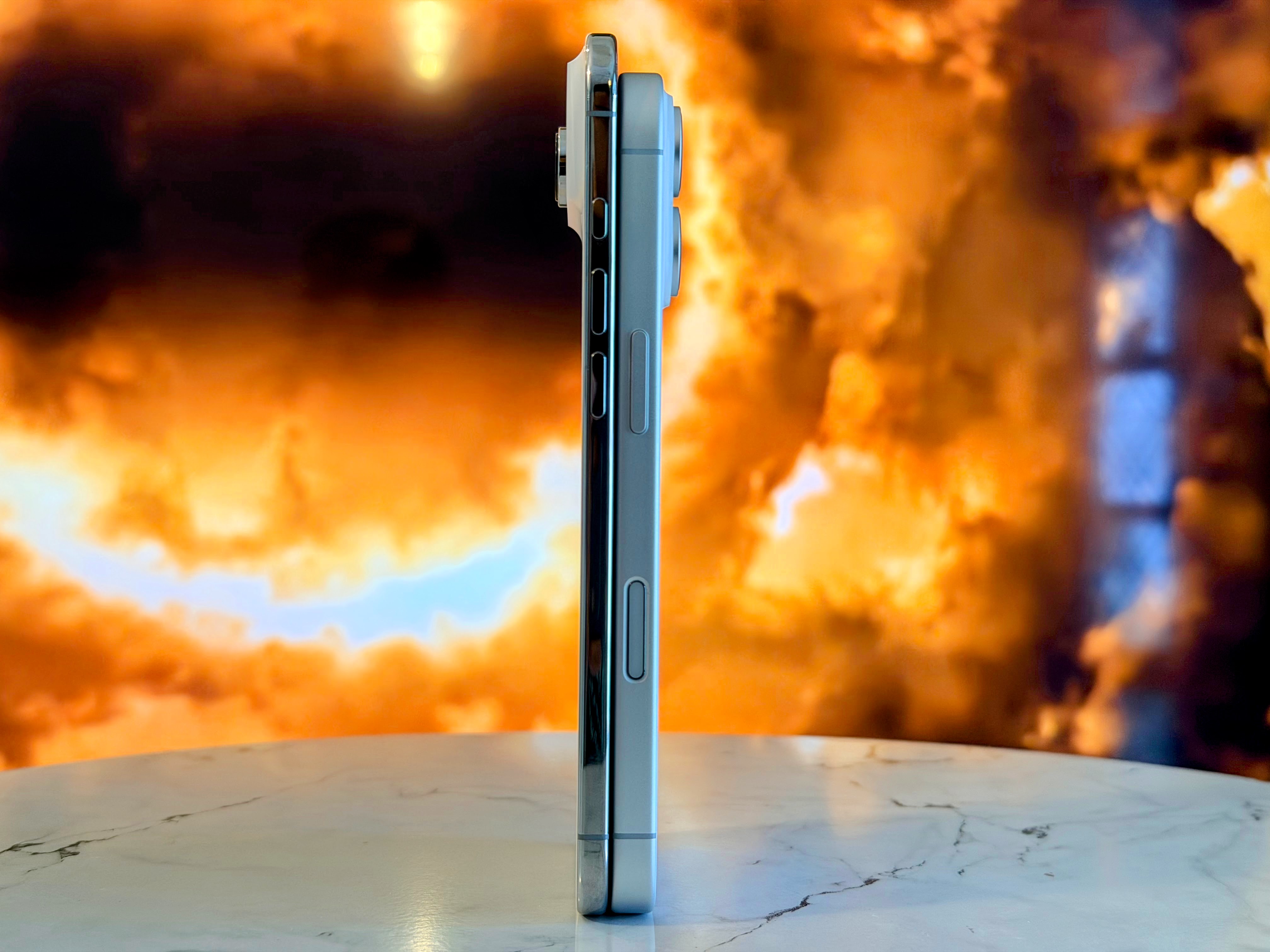
Side-by-side comparison of iPhone Air and the base iPhone 17 model.
What Works:
- Gorgeous design
- Great display
- Stellar performance, when the phone has power, that is
- Strong main camera
What Doesn’t:
- Terrible zoom photography
- No ultrawide? In this day and age?
- Poor speakers
- Abysmal battery life
- Unnecessarily high price tag
iPhone Air Display: Gorgeous, Immersive, Practically Flawless
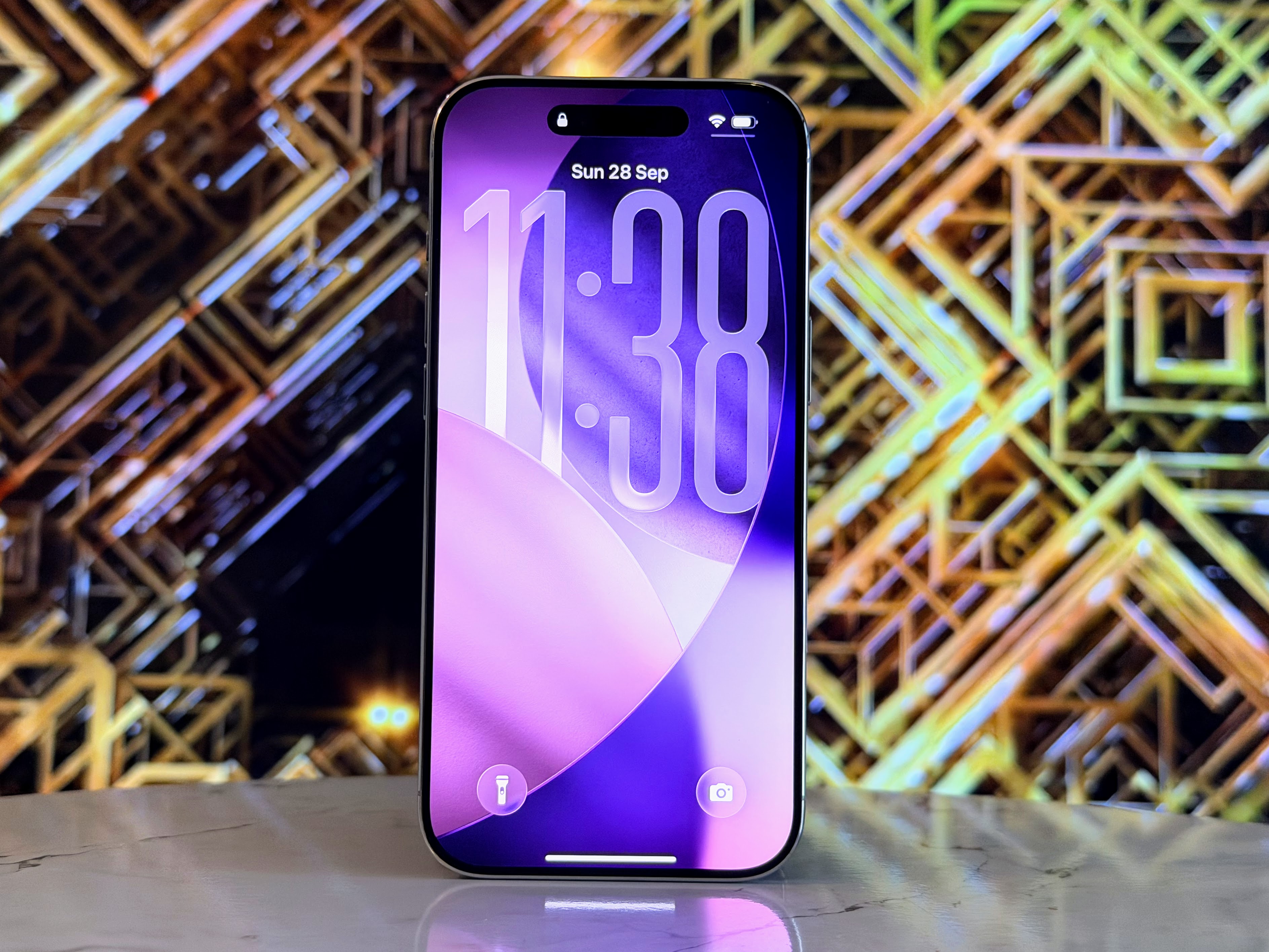
Let’s get one thing out of the way: the iPhone Air’s 6.5-inch OLED display is, quite simply, spectacular. It’s edge-to-edge perfection with almost invisible bezels, and those deep blacks and punchy colours make even mundane YouTube thumbnails look cinematic. Apple’s 120Hz adaptive refresh rate feels buttery smooth, shifting intelligently between 1Hz and 120Hz to conserve power when it can.
The screen is also blindingly bright; 3,000 nits peak brightness means sunlight glare is barely a concern. Whether you’re watching Monster: The Ed Gein Story or doom-scrolling through social media, it’s one of the most immersive displays Apple’s ever shipped. The only real casualty here is sound; the single top-firing earpiece speaker feels out of place on a phone this premium, producing audio that’s disappointingly thin.
iPhone Air Camera: Great Sensor, Disappointing Choices
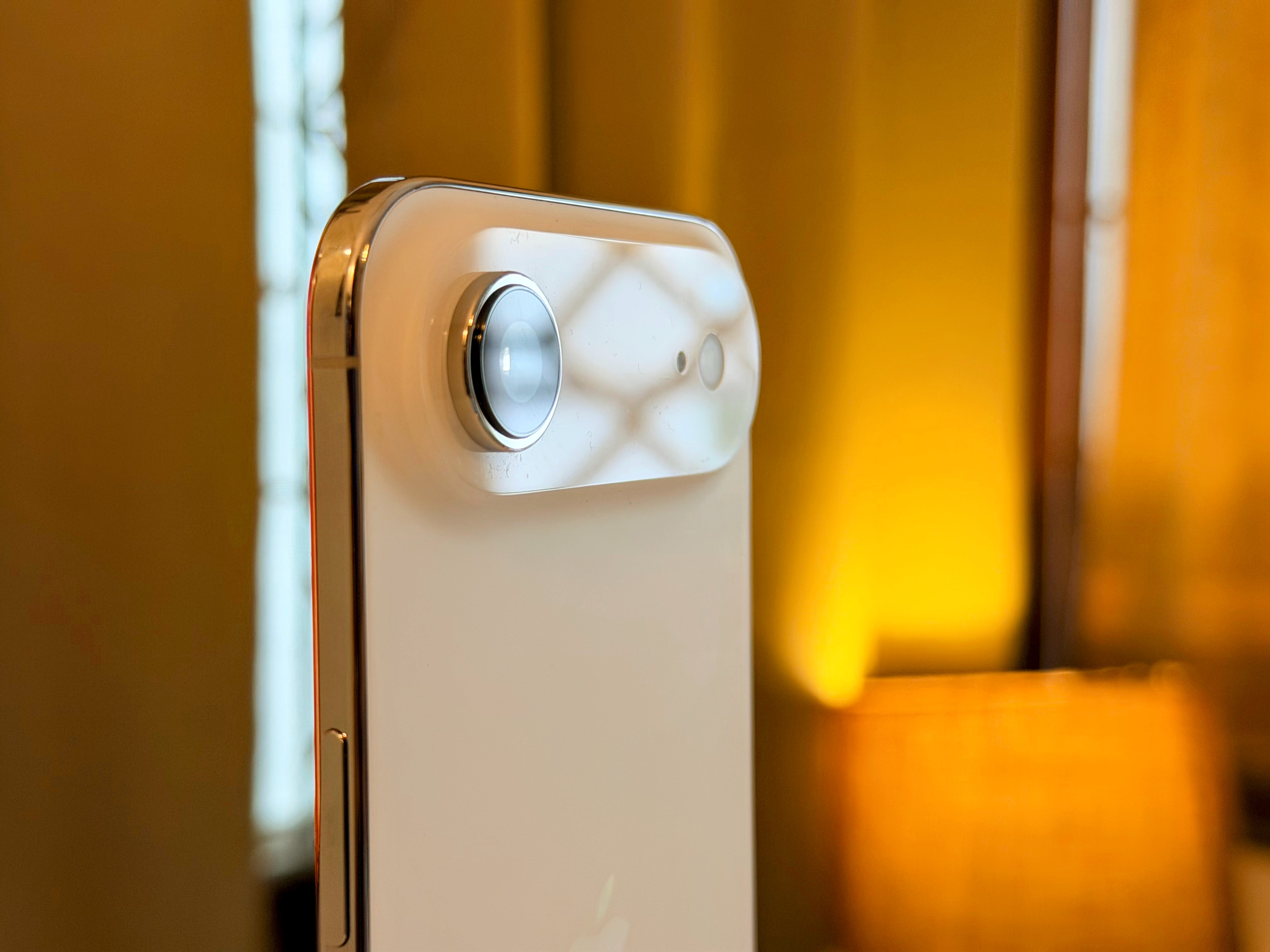
Here’s where Apple’s obsession with thinness truly hurts. The iPhone Air packs just one rear camera, a 48MP main sensor that takes excellent photos but lacks the flexibility we’ve come to expect in 2025. Daylight shots are sharp, detailed, and balanced in colour. Portraits are beautifully handled, with natural bokeh and clean edge detection. Low-light performance, too, holds its own thanks to the reliable Night mode.
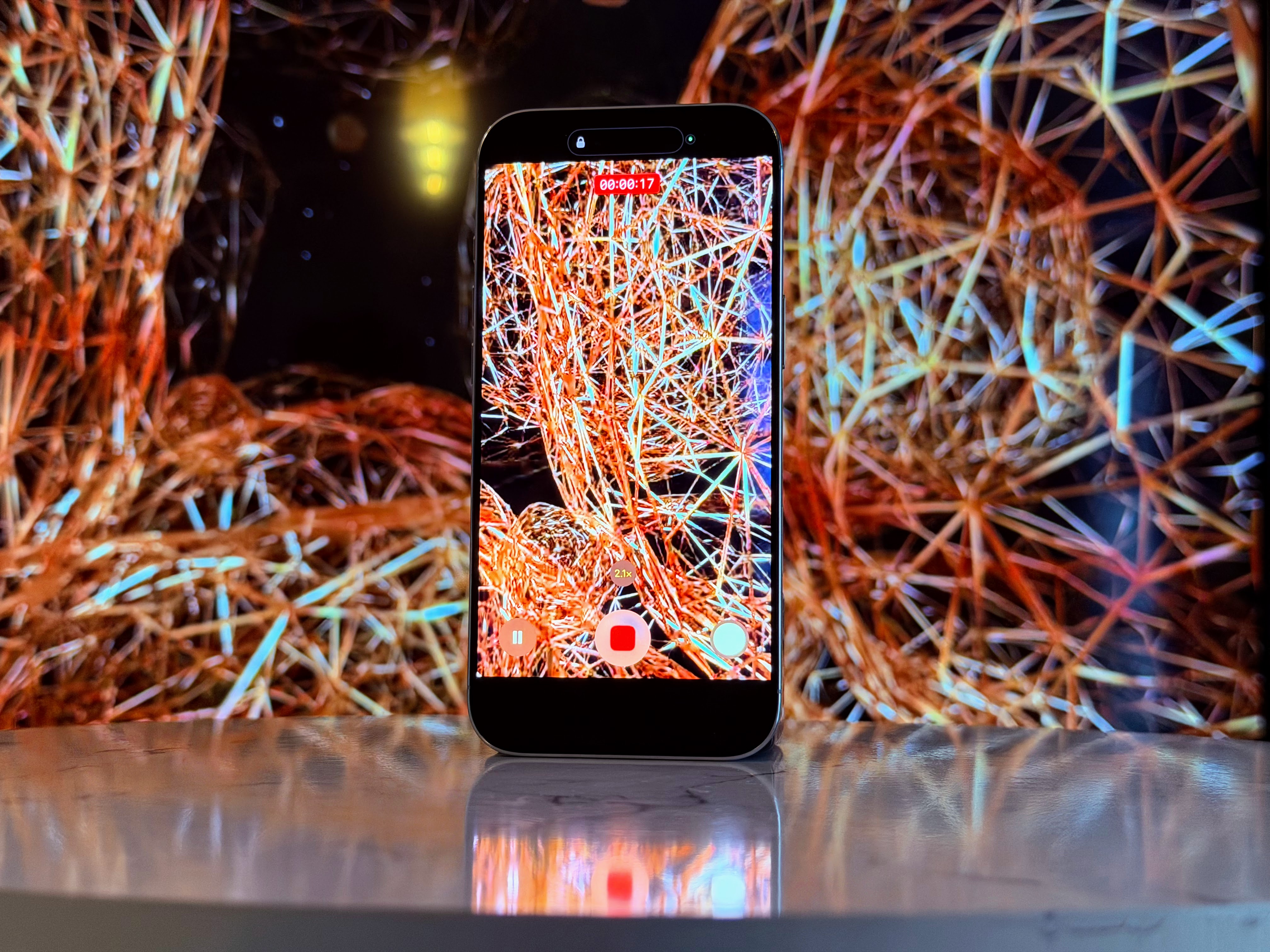

But there’s no ultrawide, and Apple’s so-called 2x “optical” zoom is just a crop, a digital trick that strips away detail. For a phone starting at Rs 1,19,000, that’s inexcusable. As a result, while casual photographers will be happy, enthusiasts will quickly outgrow its limitations. The front 18MP selfie camera, however, redeems things; it’s crisp, bright, and equipped with Apple’s clever Centre Stage feature that keeps you perfectly framed.
iPhone Air Performance: Lightning Fast, Feather Light
Under the hood, the iPhone Air houses the same A19 Pro chip found in the iPhone 17 Pro series, and it’s every bit the powerhouse you’d expect. Multitasking, gaming, and video editing, the Air handles it all without stutter or slowdown. Even extended gaming sessions barely warm up the device, which is impressive for something this thin.
The catch? The slimness means there’s no room for a physical SIM tray. You’re forced to use eSIM, which might frustrate anyone who regularly swaps numbers or travels internationally. I believe eSIM’s pretty much the future of phone connectivity, but the way things stand now in India, where you are REQUIRED to visit a physical store to get your eSIM activated, which takes a couple of hours at best, I cannot honestly recommend the tech to anyone as of yet.
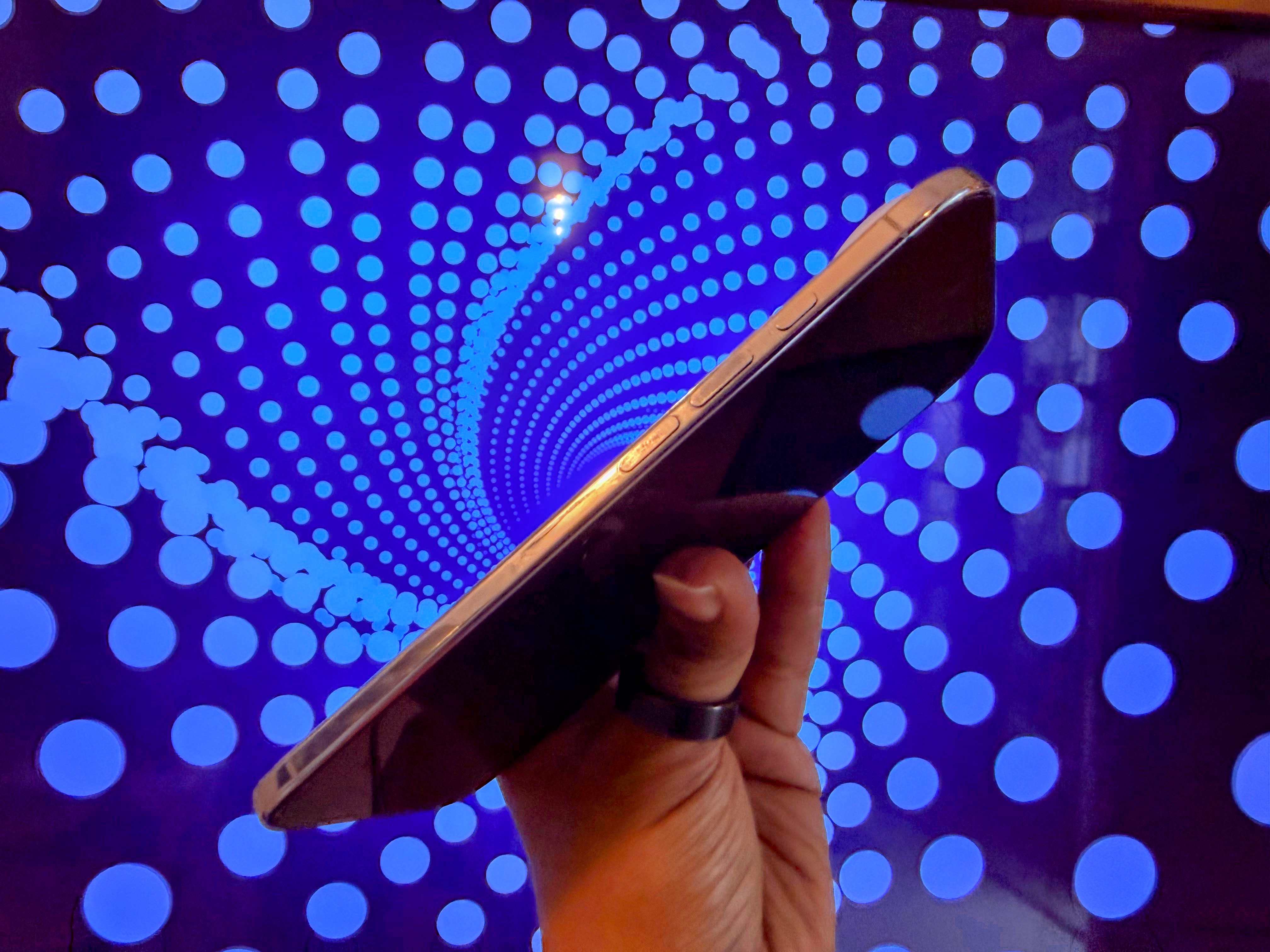
Also, while Apple ditched its much-hyped Titanium for all other iPhone 17 series models, I am not sure why it decided to stick to Titanium for the Air. Sure, it might make the phone lighter, but the amount of smudges it collects on the body is downright UGLY… something that doesn’t suit the design excellence that Apple products deliver without fail.
iPhone Air Battery: Apple’s Achilles’ Heel Returns
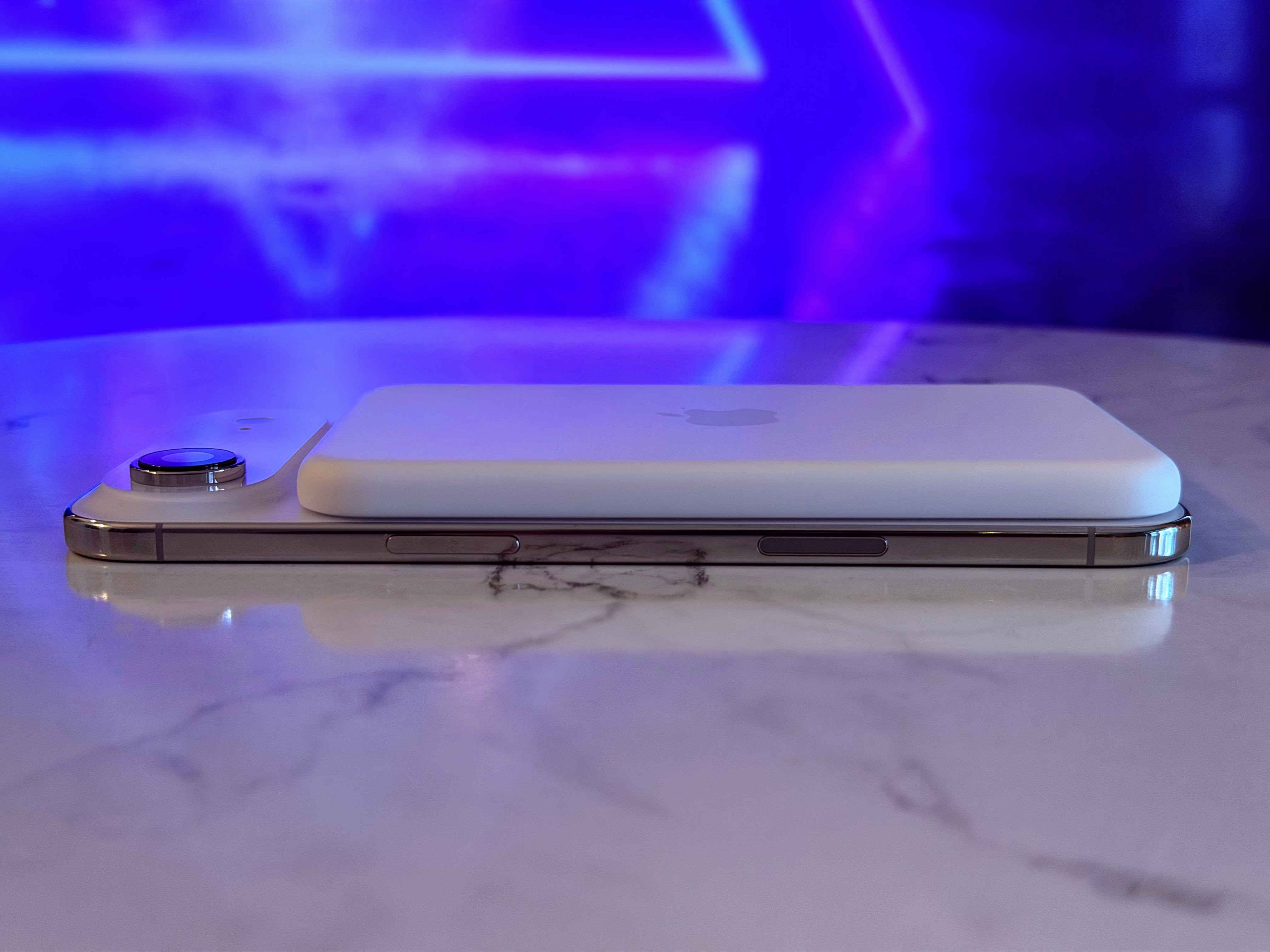
And now, the inevitable downfall. The iPhone Air’s rumoured 3,149mAh battery is the cruel punchline to Apple’s engineering flex. With moderate use, emails, calls, and some browsing, it barely lasts a day. Stream a few videos, use GPS, or play a couple of games, and you’ll be hunting for a charger before evening.
Charging doesn’t help much either. The 20W wired and MagSafe speeds are archaic by 2025 standards. Apple proudly claims 50% in 30 minutes, but that’s the bare minimum for a phone that costs as much as a small motorcycle. For a device this advanced, battery life remains unacceptably short, it’s the single factor that turns a potential game-changer into a glorified desk ornament.
iPhone Air Review: Final Verdict
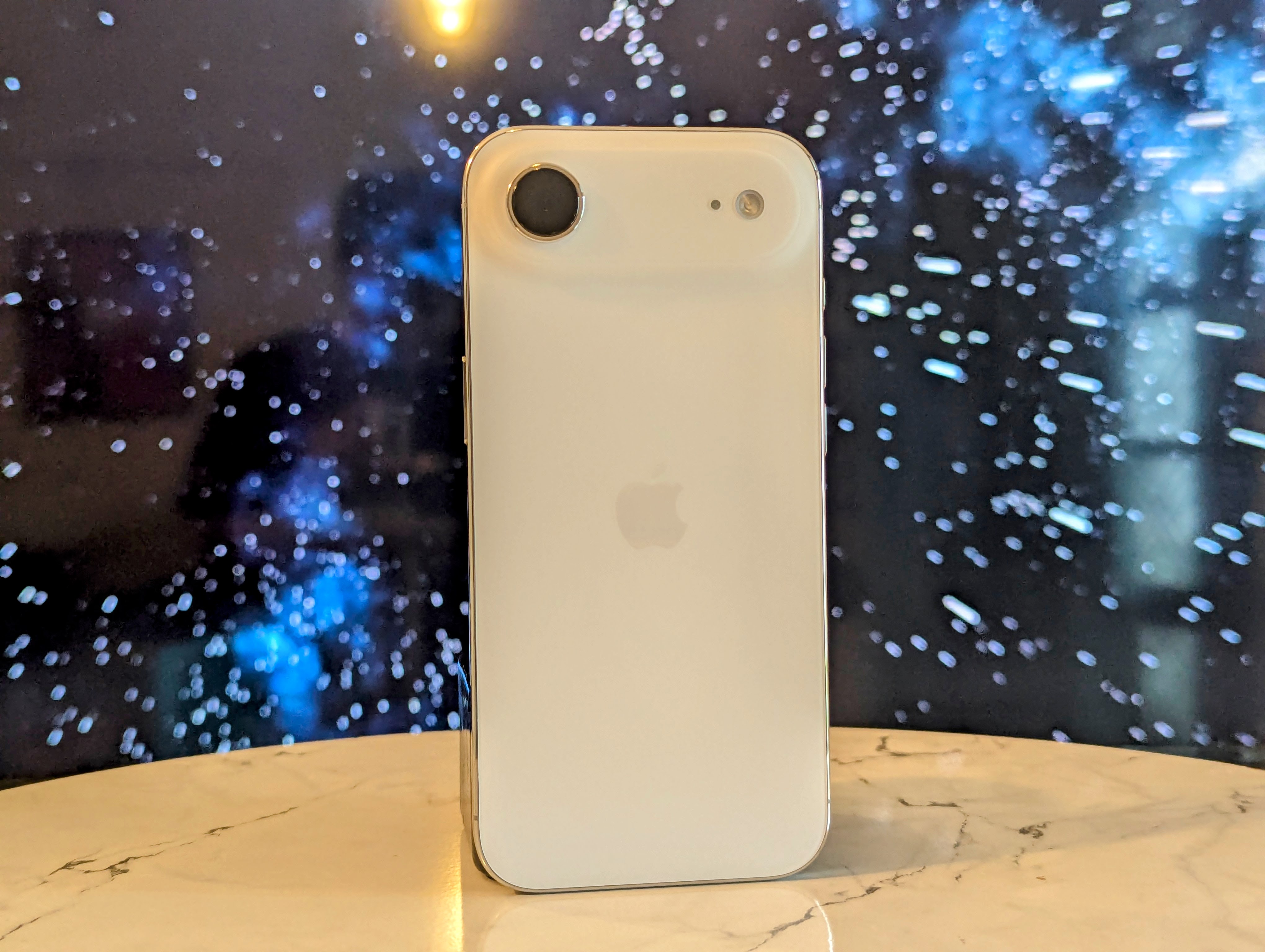
The iPhone Air is the kind of product that makes you gasp when you first pick it up: it’s impossibly sleek, featherlight, and unmistakably Apple. For a brief, shining moment, you feel like you’re holding the future of smartphones. But the longer you use it, the faster that illusion fades. The Air’s biggest achievement, its radical thinness, also becomes its undoing. That underwhelming battery, the missing ultrawide lens, and the frustrating eSIM-only setup strip away much of the magic Apple so confidently sells. It’s a triumph of engineering, yes, but one that prioritises form over function.
If Apple wanted the iPhone Air to be the spiritual successor to the iPhone X, hands down the greatest phone ever made to date, it missed the mark by an inch of lithium. This is a phone for those who care about design more than endurance, about showing off more than lasting through a day. It’s a gorgeous, fragile dream that looks perfect on a showroom pedestal but struggles to keep up in the real world.
Should You Buy the iPhone Air?
- Yes:If you are an Apple jingoist and want the ‘thinnest’ iPhone ever made and can live near a charger.
- No: If you value battery life, camera flexibility, or practicality even remotely.
- Maybe:If you’re a collector who wants to own Apple’s most daring (and divisive) experiment in years.

